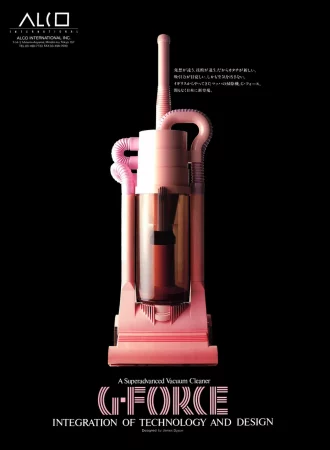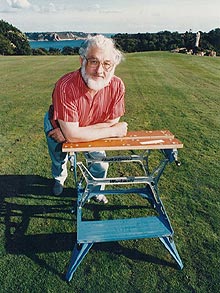Licensing an Invention – the unknown way of commercialising an idea
When we think of commercialising an invention, we often forget about licensing, however, it requires less capital investment and therefore you take less risks.
Licensed products are all around us. You will have heard of licensing in the music industry or for large brands such as Disney, but a less well known form of commercialising an invention is in the licensing of technology and, in particular early-stage technology.
Did you know that in the beginning, James Dyson launched his first vacuum cleaner (The G Force) in collaboration with a small licensing company in Japan called Apex Limited? It fast became a status symbol and won a design award. Twenty-two months later came the launch of the DC01, the first Dyson vacuum cleaner. With the vacuum licensing royalties he received from Japan , James Dyson had been able to fund his own production in the UK.
Do you need help to commercialise a new idea?
If you have a new product idea, we can help you identify and approach companies. Book a confidential idea review with one of our innovation advisers to find out more.

Another product you know of is the Black & Decker ‘Workmate®’ invented by Ron Hickman. Initially unsuccessful in finding interest from companies, he started to produce and sell the bench himself. It sold well enough to convince Black & Decker to negotiate an exclusive licensing agreement.

So what does a license agreement do?
According to the LES (Licensing Executive Society), it “allows an organisation or person to make use of some technology that might be protected by a variety of intellectual property, including patents.”
For a refresher on the different forms of IP protection, see our page Vital Info.
What are the types of Licence Agreements?
There are 3 types of Licensing agreements:
- Non- Exclusive. The Licensor can use it and license it to other parties.
- Sole. The licensor can use it but cannot license it to others.
- Exclusive. Only the licensee may exercise the right to license.
Each Licence Agreement is unique and can be tailored to take into account the value of the IP. The agreement must reflect the needs and expectations of both parties. In any case, the contract should include the following points:
The territory, field of use, time period, scope and capacity, licensed rights (method import, export), what Intellectual Property is being licensed and a review period of the agreement to check progress and figures.
The most important thing to remember is the contract is the foundation of a partnership; all parties must feel comfortable with the deal for the duration of the contract.
What are the advantages of licensing?
For the Licensor
The major benefit of licensing is that it takes away the stress of financing a start-up. For early-stage technology, some of the R&D costs, production and distribution can be undertaken by the licensees, and you get royalties for each product that is sold. For many inventors, this is an attractive option.
For the Licensee
Access to new technology and potential new markets
How to find & identify the right company?
Big is not necessarily better. Make the internet your best friend. There are several tools you can use to do your research: Linked In, Trade Magazine, Trade association, The WorldWide Patent Search Report, and The British Library offers key information on specific sectors.
At what point can you license an idea?
There is no set rule, but having a good presentation tool and a prototype is better and a good starting point. It demonstrates the functionality of the concept and gives credentials to your project.
Innovate Case Study - Robin Brown – Sen Test
In 2011 Robin was having some tests done. The nurse needed to conduct a peripheral near sensation test using a two-point determination with a ruler and a paper clip. After some thought, Robin decided there must be an easier way round this problem and spent 18 months researching. He came up with a concept that could be used in health centres and surgery. He approached our team at Innovate and together we created the 3D CAD and a prototype. Robin did not want to self manufacture but instead license his product. He used the ‘business report’ that we provided and started to approach companies that produce medical equipment. While he had a ‘Patent pending’ status, he also used a Non-Disclosure Agreement (NDA) to ensure confidentiality with interest parties.
He was set to appear on Dragons Den but eventually turned the opportunity down as a manufacturer, P3 agreed to take his product on. The deal includes funding the tooling worth about £50,000 and 10% Royalties on the unit sold.
Robin was successful in negotiating a licensing agreement, however, looking back he admits that he should have taken an attorney to help him with the agreement. The deal was generous but omitted some of the review clauses and as time has gone by it has been difficult to get clarity on the figures.
There’s no doubt that finding someone to manufacture your invention and get it to market is a big challenge but it’s not an insurmountable one. If you have the right support that allows you to cover all the bases, you will improve your chances of success significantly.
Could you be the next James Dyson?
Barbara Bouffard – Co MD
Member of the LES
Do you need help to commercialise a new idea,
If you have a new product idea, we can help you identify and approach companies. Book a confidential idea review with one of our innovation advisers to find out more.
